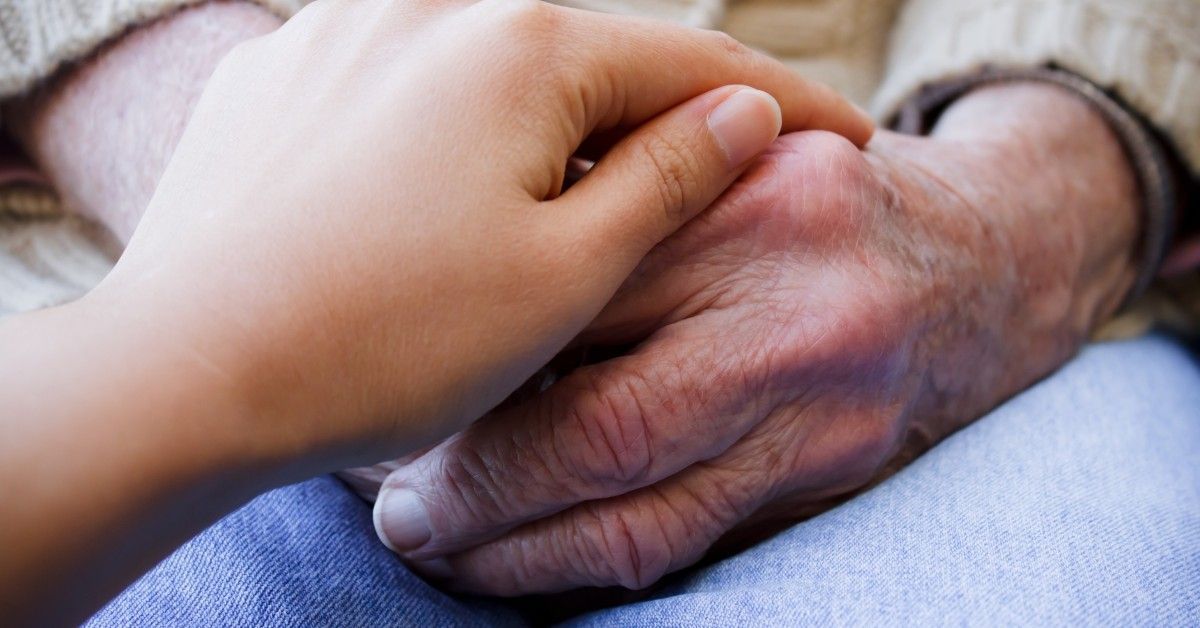Given that the elderly have the highest risk of adverse outcomes from COVID-19, we knew that we had to take aggressive action as the virus spread through Prescott and the country as a whole. After more than a year of fighting to protect our staff and residents from COVID-19, it’s become clear that our strategy has worked. It’s also becoming clear that as far as residential care homes are concerned, smaller facilities have fared much better than large ones.
Below, you’ll find a discussion of how Circle of Life’s small and personalized approach has benefited residents over the past year. If you would like to learn more about our facilities or any of the information discussed in this post, please reach out to our office.
Caregiver-to-Resident Ratio
First and foremost, we believe that our high caregiver-to-resident ratio has been one of the primary drivers of our success. Larger institutions have many more residents to care for and, as a result, often have low caregiver-to-staff ratios. Because our facility is smaller to begin with, we’re able to provide better, more personalized care to our residents. In the context of COVID-19, this means that we’re in a better position to consistently sanitize rooms and common areas while monitoring our residents’ health.
Consistent Staffing
The highly contagious nature of COVID-19 has made it difficult for large residential care homes around the country to minimize the spread of the disease. The more people coming to work each day, the higher the risk of exposure. As a result, many large facilities have had to strain their staff to cover for employees who have either tested positive or have been exposed to COVID-19. The result? The low caregiver-to-staff ratios become even lower as staff members scramble to make their rounds and keep up with demand.
At Circle of Life, the fact that we have fewer points of contact coming in and out of the facility has certainly made a difference in our ability to stay consistently staffed. It’s minimized disruptions in the day and has provided our residents with a sense of security and normalcy in an otherwise stressful and uncertain time. Moreover, we’re incredibly proud of the measures our employees have taken inside and outside of our walls to keep our residents safe.
Visitor Monitoring
Visitor monitoring is one of the most important preventative measures any residential care home can take to protect residents, but as discussed above, large institutions have had a difficult time implementing a consistent and effective visitor monitoring program. Ours, on the other hand, has been consistent and in line with CDC recommendations since day one. Our staff has been thoroughly trained regarding best practices and is able to manage the number of visitation requests we receive much more effectively.
Resident Well-Being
The isolation and uncertainty caused by COVID-19 have negatively impacted mental health across the country, but the impact of isolation on seniors has been particularly profound. Many residents depend on day-to-day interactions with other residents and socialization in general, and it’s not difficult to find examples of seniors in large facilities experiencing symptoms of depression and anxiety after months spent almost entirely alone.
At Circle of Life, we have always focused on providing our residents with love and understanding, but this value has become particularly important while our residents are largely isolated from friends and family. All of the risk reduction measures combined with the benefits of our facility’s small size has allowed us to maintain a safe communal setting, which has, in turn, reduced the incidence of depression, anxiety, and other negative mental health outcomes among our residents.
If you would like to learn more about how Circle of Life is making a difference in our residents’ lives, please contact our office.

